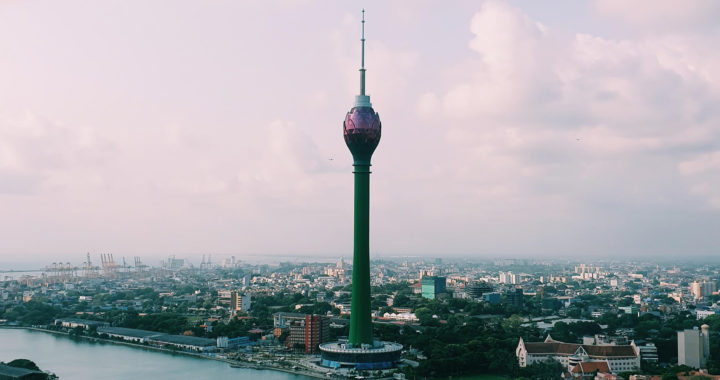The government of Sri Lanka officially declared in April 2021 that the country is experiencing its worst economic crisis since gaining independence in 1948. Real gross domestic product or GDP was at 2.4 percent in 2020 while government debt ballooned to 101 percent of GDP for the same year. The World Bank also reclassified the country from its previous upper middle-income status to a low middle-income status in the last quarter of 2020.
Prices of essential goods and services have increased since 2019 and worsened from 2020 to 2020. Inflation reached 17.5 percent in February 2020. There is a widespread shortage of food supply, oil and gas, and life-saving medicines and equipment. The country defaulted on its debt obligations in April 2022. People have staged numerous protests that eventually led to the forced resignation of then President Gotabaya Rajapaksa on 14 July 2022.
A Quick Look at the Causes of the Economic Crisis in Sri Lanka
Sri Lanka was once considered a model country for developing economies. It experienced double-digit growth from 2005 to 2007 and it succeeded in halving extreme poverty in 2016 while outperforming other South Asian countries in meeting other Millennium Development Goals. However, several years after, especially in 2022, its economy is in its worst shape. What exactly happened? What are the specific causes of the economic crisis in Sri Lanka?
The following are the factors that contributed to the Sri Lankan economic crisis:
Excessive Borrowing: The government beginning on the presidency of Mahinda Rajapaksa in 2005 borrowed heavily from foreign creditors such as state-owned banks and lenders in China to finance its big-ticket infrastructure projects. Several of these projects did not bring forth positive returns. Nevertheless, in April 2022, the government announced that it would not be able to pay most of its foreign debts.
Sweeping Tax Reductions: Gotabaya Rajapaksa run for the presidency in 2019 under a populist tax reform promise. Upon winning the national election, his government implemented a series of tax cuts that reduced both personal income tax and corporate tax. This fiscal policy proved to be problematic because the government failed to generate enough revenues from tax collection to pay off its foreign debts.
Overprinting of Money: As part of its major solution to overcome budget deficits and have the means to cover government spending, the Central Bank of Sri Lanka implemented a monetary policy centered on money creation. The country fundamentally printed money in record amounts. Nevertheless, this resulted in the further devaluation of the Sri Lankan rupees and contributed to inflation.
Shift to Organic Farming: Former President Gotabaya Rajapaksa banned the importation of inorganic fertilizers and other chemicals used in agriculture to shift to organic farming. This abrupt decision resulted in the collapse of the agricultural sector. The production of export crops such as tea and rubber fell and the county lost its rice production self-sufficiency within six months.
COVID-19 Pandemic: Economists have warned about a possible economic collapse as early as 2016. The impending situation became more apparent in 2018 and 2019. Beginning in 2020, the COVID-19 pandemic weakened further the already vulnerable economy. Tourism fell and other industries were affected. The pandemic worsened the ability of the country to generate revenues needed for debt repayment.
Russo-Ukrainian War: Another cause of the economic crisis in Sri Lanka is the escalation of the Russia-Ukraine conflict. Russia is the second largest importer of Sri Lankan tea products. The tourism sector is also reliant on Russian and Ukrainian tourists. The armed conflict between the two countries also caused spikes in the global prices of oil and gas and disrupted further the global supply chain.





